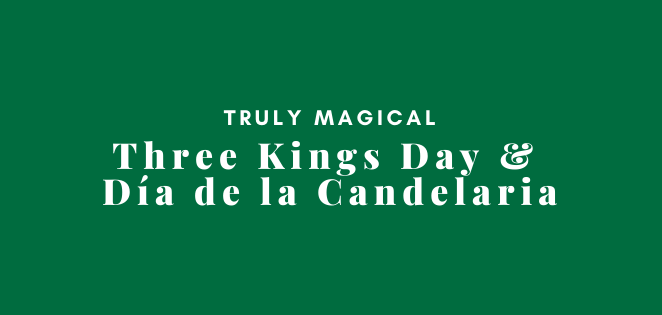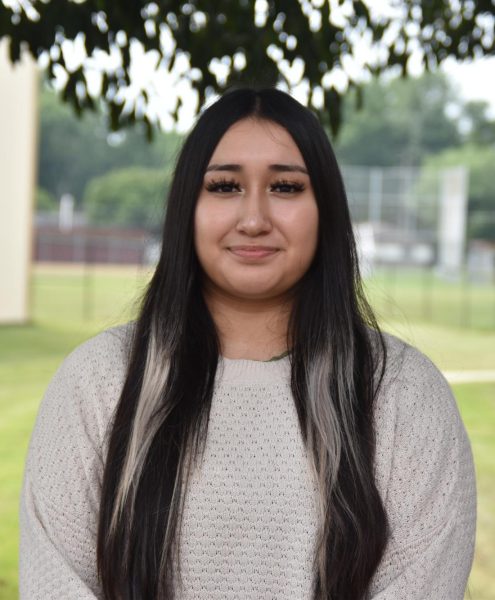Aromas of tamales waft through the air, and the sound of family drifts throughout the house as everyone gets ready to eat breakfast.
Those sights and smells are common factors of Three Kings Day and Día de la Candelaria, two holidays that are full of blessings and purification.
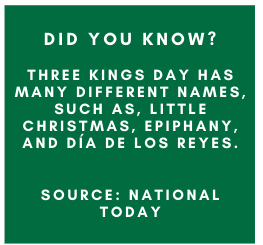 Three Kings Day and Día de la Candelaria, also known as Candlemas, hold deep significance for many. Three Kings Day, which is celebrated on Jan. 6, commemorates the biblical story of the three kings who brought gifts to baby Jesus.
Three Kings Day and Día de la Candelaria, also known as Candlemas, hold deep significance for many. Three Kings Day, which is celebrated on Jan. 6, commemorates the biblical story of the three kings who brought gifts to baby Jesus.
Día de la Candelaria, which is celebrated on Feb. 2, celebrates the day when Jesus’s mother, Mary, brought Him to the Temple in Jerusalem for the first time. While these holidays originate from Spain, they’re celebrated all over the world, including in the U.S., where the SHS community also celebrates.
Here’s how these holidays are celebrated in other countries and in the community of SHS.
On Three Kings Day in Spain, children receive presents from the Three Kings if they have behaved well throughout the year. In other countries like Puerto Rico, before children go to sleep, they leave a box filled with hay under their beds so the Three Kings will leave good presents.
SHS media clerk Yashira Flores’ celebration is similar to Puerto Rico’s.
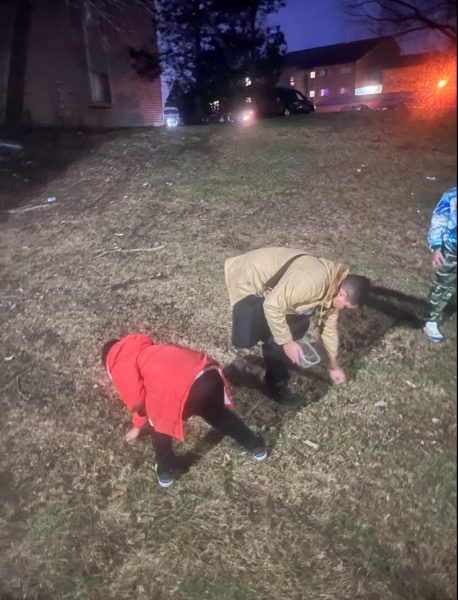
The night before the holiday, she and her sons go outside to get a shoebox, grass to put in it and a bowl filled with water.
They then put the shoeboxes under the Christmas tree and head to sleep to wait for the Three Kings to come. Afterward, they have a dinner similar to the one they have on Christmas Eve.
“(We) then just have some family time, and then the kids go to sleep,” Flores said. “Just kind of like (the) magic of Three Kings Day.”
Similarly, sophomore Hanna Arriaga says Three Kings Day is a special holiday to her.
“I think it’s one of the most special holidays because (of) religion, mostly,” Arriaga said. “And it’s about Niño Dios and when he was born.”
Much of Latin America also celebrates this holiday by eating “Three Kings Bread” or “Rosca de Reyes.” This bread is oval-shaped with a hole in the middle to signify a crown or God’s love, which has no beginning or end.
Inside the bread, there is a hidden plastic figurine representing baby Jesus. The reason behind this is to allude to the biblical persecution of baby Jesus along with His parents by King Herod.
When someone gets the baby Jesus figurine in their piece of Rosca de Reyes, they must host a party on Día de la Candelaria, where tamales have to be served. This holiday is also known in the Catholic Church as the “Feast of the Presentation of Jesus Christ.” On this day, Catholics go to church for a service for the blessing of candles and figurines representing baby Jesus.
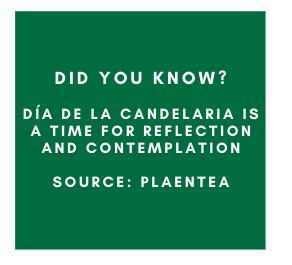 This form of celebration can be seen in the SHS community, in which junior Adamry Cuautle says that she celebrates Día de la Candelaria by attending church.
This form of celebration can be seen in the SHS community, in which junior Adamry Cuautle says that she celebrates Día de la Candelaria by attending church.
“When we go to church, we bring the Niño Dios … We also bring candles as well with us, and … we just wait until we all get blessed with the Holy Water,” Cuautle said.
These holidays hold significant meaning to many people. Whether at church or home, people from all over the world spend these holidays celebrating their beliefs and being in the warm, comforting presence of their loved ones.


